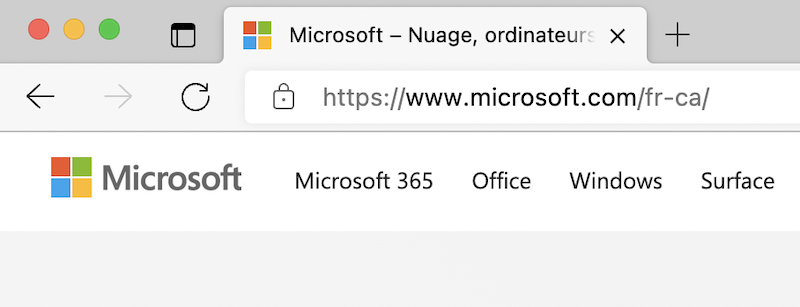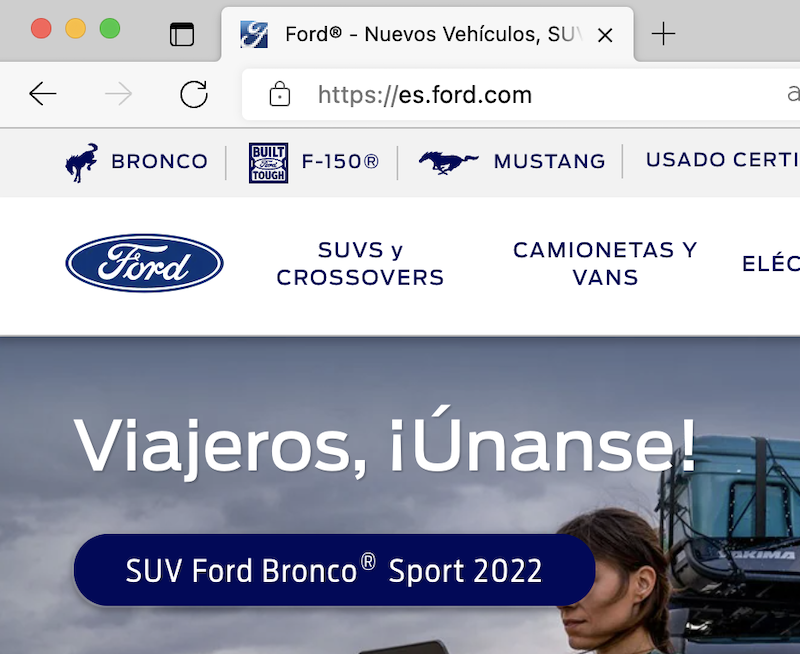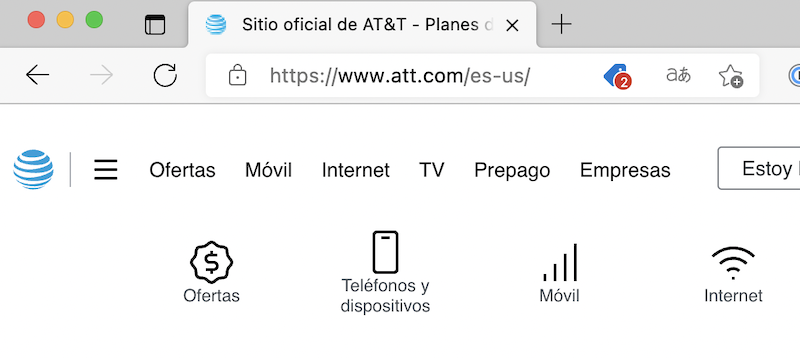
This blog post originated from an email I received recently from someone starting a small business and wondering how to manage all those newly localized websites. Specifically:
Should I make a webpage with the name of the country I am targeting (ex. .com/Japan)? Or should I just name the language of the region trying to target (ex .. .com/Japanese)? And for Latin America, do I make a folder specific to Spanish (.com/espanol) or include every supported country in the region (.com/mexico, .com/venezuela, .com/peru, etc.)?
This is a great question, first of all because this person is asking this question the earliest stages of going global. Too often companies just rush to launch one localized website after another without thinking through the longer-term issues of global consistency, SEO, customer support and so on.
By asking this question you’re on the right track to developing the right global strategy at the right time.
So which strategy is best? Organize by language or organize by country/region?
Well, it depends.
It depends on many factors, such as what your goals are within each country or region.
For instance, do you plan to sell products within specific countries? If so, you’ll most definitely want to take a country/language approach, what I refer to as a locale-centric architecture. That is, you focus on the country/region with language as a subset of that region.
But let’s say you’re selling services instead. Suppose you’re a web developer and you want to expand the global reach of your services and would rather have maximum reach with minimal investment in localized websites. A language-centric model might be a better fit, since languages cross borders and you’re most interested in the widest reach of each language.
That said, I find that a locale-centric model is the best long-term approach for most companies. Language-centric models often run into obstacles. For example, let’s say you plan to offer a Spanish-language website. Okay, then what “flavor” of Spanish do you support? Same with English, French, Portuguese and other languages that vary (sometimes significantly) across countries and regions. And should you use the language name in your URL, which I advise avoiding in favor of a language code, at least make sure you display the language in the local language (Deutsch instead of German). Always focus on the user’s language.
A locale-based approach aligns better with search engines. If Google indexes your Colombia website and your Mexico website — even though they may support the same language — Google can tailor search results based on the user’s location providing more locally relevant information.
Going back to the original question I would also look into supporting country codes. And, if this is too costly an approach for a small business, then at least plan into a more standardized approach for managing localized sites. For example, instead of .com/Canada, you’d want .com/en-ca for Canada/English or .com/en-fr for Canada/French. Like seen here with Microsoft:

Apple does things slightly differently, as shown below, but the model is consistent and relies on globally standard country and language codes.

And you most definitely do NOT want to do something like .com/Japan, as this display an English-centric view towards a market. Ideally, we’d like to do a better job of supporting internationalized domain names, though I realize this is a big ask for small businesses. So go with ja-jp instead of Japan.
Now what about Spanish for the US market?
Here’s how Ford does it:

And Airbnb:

Though I would say that AT&T is more consistent with global standards:

The key point is to avoid embedding “espanol” into the URL, because you’ll lose the the tilde character (ñ), which is rather important.
I realize these details can be a little overwhelming at first, particularly when you’re just getting started going global. But getting these details right at the beginning will actually help you grow global more efficiently and, hopefully, more successfully.
And for all small businesses I recommend my book Think Outside the Country. It includes an in-depth checklist to going global.
